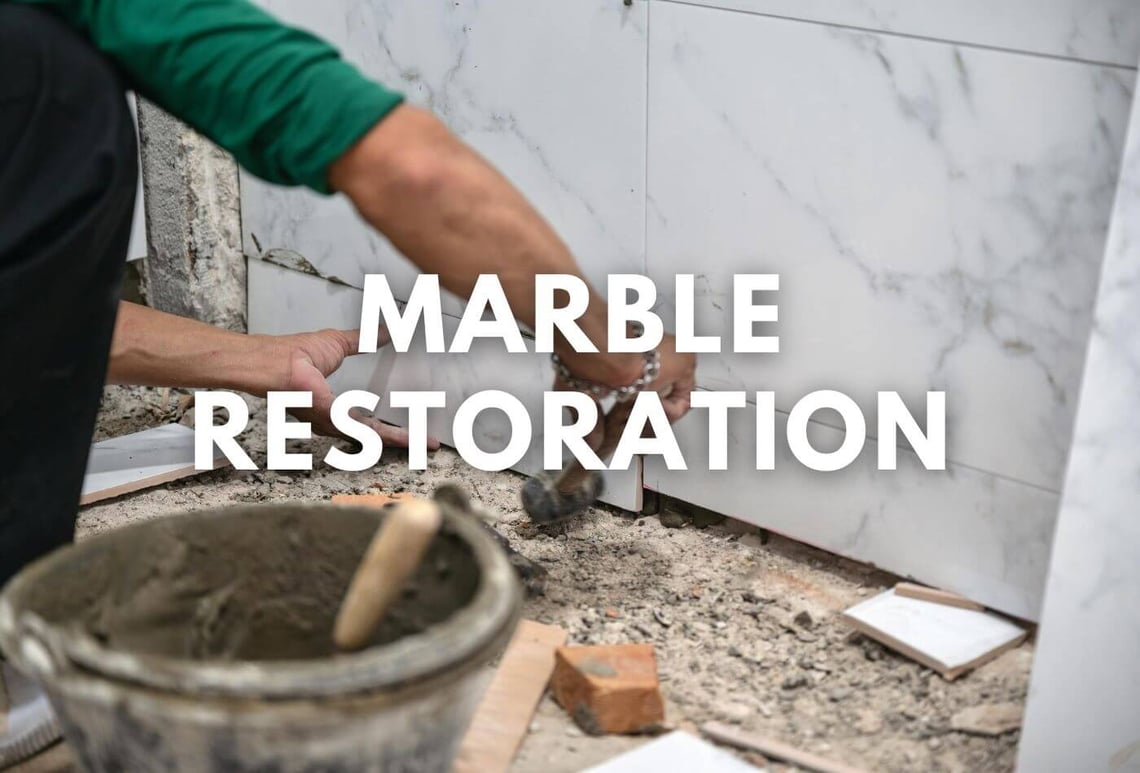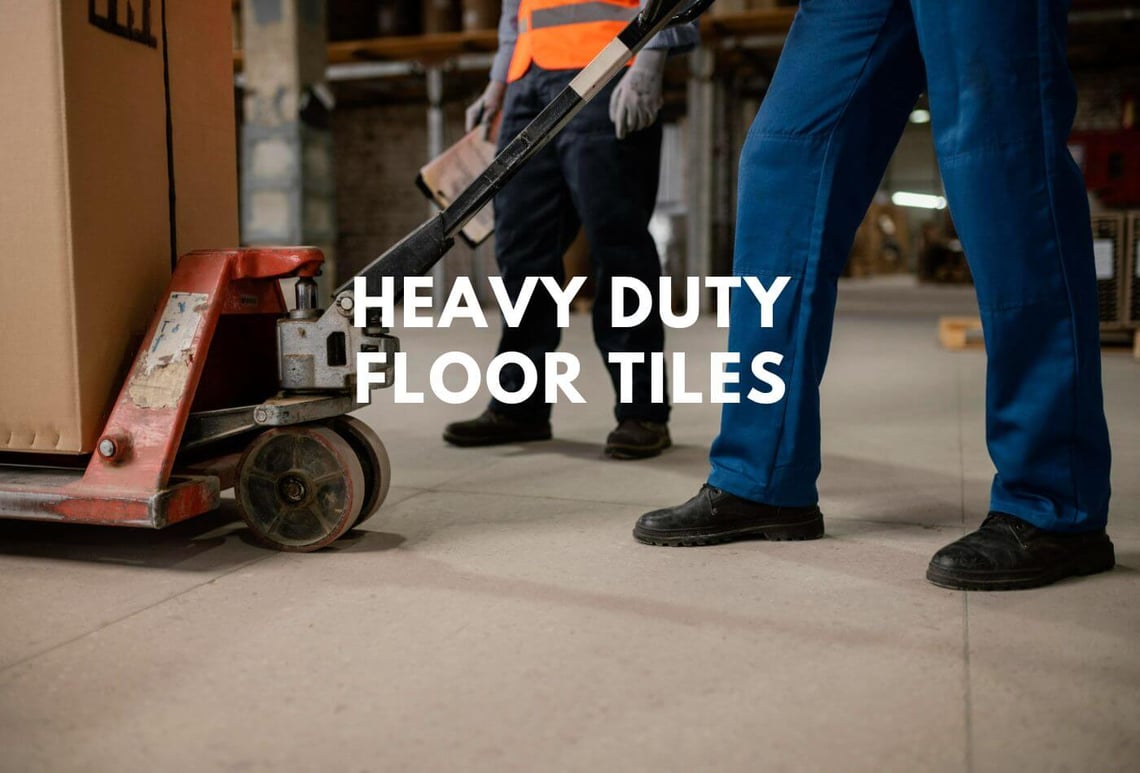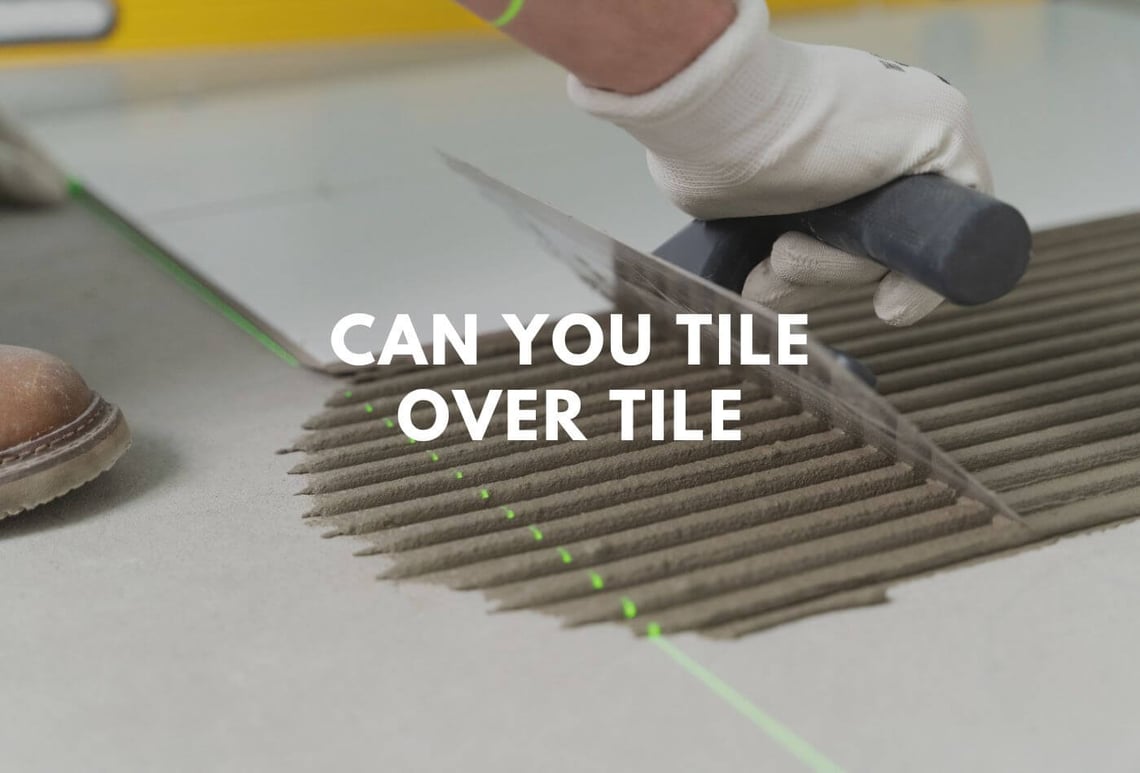Table of Contents
Have you done any Marble restorations before? Or are you just a newbie who wish to start with the restoration? This blog is for you. Don’t be the beginner who is hesitant to dive into Marble restoration; this blog is your go-to guide. Marble is a stunning material, but it might lose its shine over time and develop scratches or stains. We have tried to cover everything you must know, from the fundamentals to the complicated insights of Marble care to step-by-step restoration techniques. As an additional aid we give you the experience fitters and advanced tips and tricks to perfect your Marbles. If you’re new, don’t worry; we’ll walk you through the process to give your Marble surfaces a fresh, polished look without fear.
We leave this link here if you have an idea of buying new Marbles!
Marble Restorations Are Not Difficult To Do!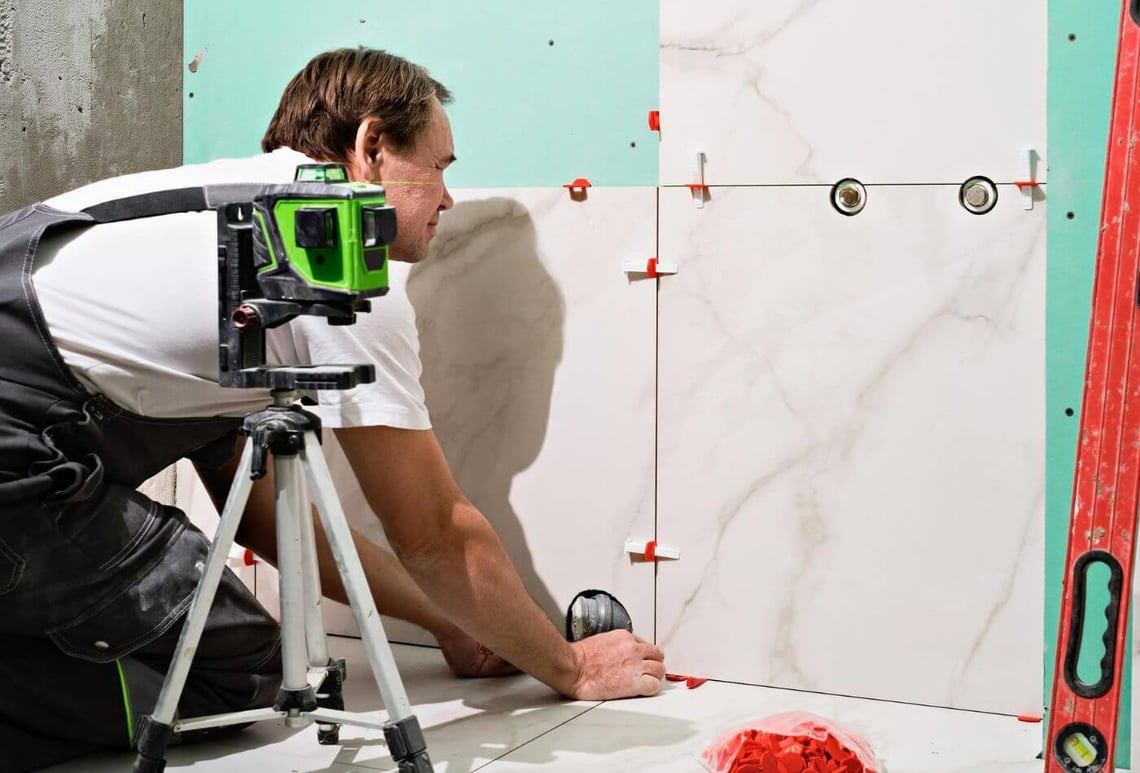
Marble restoration may seem daunting, but it’s much easier than you think! Over time, Marble surfaces could lose their original lustre due to scratches, stains, or everyday wear and tear. A little rework on your Marble can be brought back to life, restoring its natural beauty and elegance. It’s your kitchen countertops, bathroom tiles, or flooring. Marble restoration involves simple steps like cleaning, polishing, and resealing.
Things You Must Know
First, you must know the nature of the Marble you have applied to your kitchens, floors, and walls. The next step is to closely scrutinise and eliminate the surface dust by removing grime and dirt. Following this, you must double-check that you use a polishing compound to buff out even the minutes of the scratches and dullness, revealing the Marble’s original shine. End it up with the high-quality sealant for a better shine.
Even if you’re a newbie, you’ll find the process surprisingly manageable. Your Marble surfaces will look brand new with just a little patience and the right tools. Restoring the Marble will seal your home’s aesthetic and will save you money in the long run. So don’t hesitate; give your Marbles the care they deserve!
VOLAKAS GOLD MARBLE

£363.28
Volakas Gold Marble is a luxurious white marble slab with elegant gold veining. Thickness is available in 20mm and it exudes timeless beauty and sophistication. This Marble is ideal for enhancing interiors with its classy and opulent appeal. It is… read more
Marble Restorations In the UK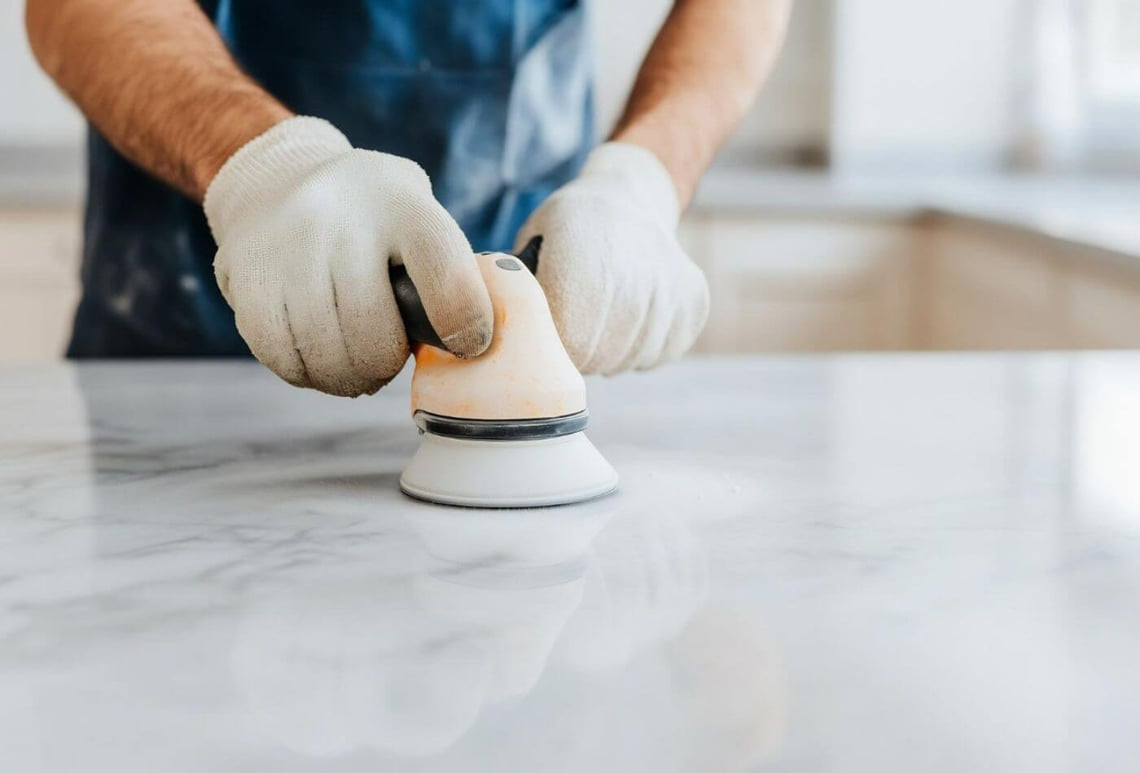
In the UK, there are generally no legal formalities specifically required for Marble restoration within private properties. However, it’s essential to ensure a few things before starting. If the Marble restoration involves significant work in a listed building or protected area, you may need planning permission or listed building consent from your local council. For smaller projects, like restoring countertops or flooring, you could typically proceed without formal approvals. You should call +44 0330 113 5868 or mail Work-tops for help. We serve the people of the United Kingdom with stone slab installations and guide you.
If you’re restoring Marble in a commercial space, check if your contractor holds the necessary insurance and certifications to protect against damages. It is always a good idea to consult with restoration experts for advice on the best products and techniques suited to UK conditions.
Can My Marble Counters Be Restored? If So, How?
Yes, your Marble counters can definitely be restored! Over time, As we mentioned above, the Marble surfaces might be scratched, stained, or lose their shine, but the good news is, they’re pretty easy to bring back to life. Any restoration process gradually starts with a deep clean to remove dirt, grime, or any surface stains. After that, a polishing compound buffs out scratches and restores that beautiful glossy finish.
If your counters have deeper stains or etching, you might need a professional to hone the surface, which sands down the Marble slightly to remove imperfections. Once that’s done, sealing is the final step. We are doing this mainly to protect the future damage from spills or stains. So, whether your counters look dull or have some wear and tear, they could be restored to look as good as new with the right care.
10 Things To Consider During The Marble Restoration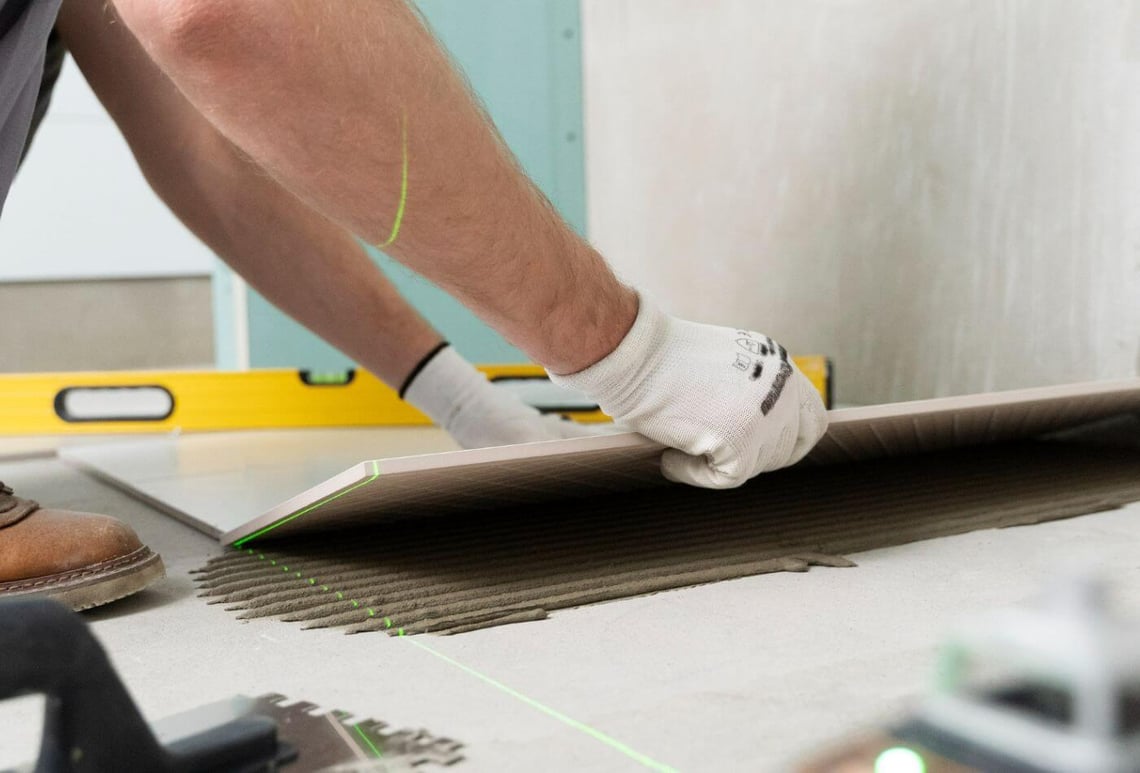
What should you know or consider before the Marble restorations? These simple tricks will help you save yourself and your counters most of the time.
1. Type of Marble: Understand the type of Marble you’re restoring, as different Marble s (like Carrara or Calacatta) may require specific care.
2. Condition of the Marble: Assess whether it has light scratches or deep etching, as the treatment will vary.
3. Cleaning Products: Use pH-neutral cleaners to avoid damaging the Marble during the cleaning process.
4. Polishing Compounds: Choose the right polishing compounds to restore shine without harming the surface.
5. Sealing: Always seal the Marble after restoration to protect it from stains and moisture.
6. Professional Help: Know when to call in professionals, especially for serious damage like cracks or significant etching.
7. Tools Needed: Invest in quality buffing pads, polishing machines, and restoration kits for a smooth process.
8. Dust Control: Marble restoration can get messy, so cover nearby surfaces to control dust.
9. Maintenance Routine: Set a regular cleaning and resealing routine after restoration to keep the Marble in top shape.
10. Test Small Areas: Always first test cleaning and polishing products on a small, inconspicuous area. For more tips, stay tuned with Work-tops.
Conclusion:
In conclusion, Marble restoration can give new life to your home, bringing back the beauty and elegance of your Marble surfaces. Whether you’re a professional or just getting started, restoring Marble is an achievable task with the right approach. But if you want to upgrade or replace your Marble , Work-tops are here to help. We offer a wide selection of esteemed Marble slabs with years of warranty and guarantee that suit all styles and needs. We hope that with these top-demand options and expert guidance, Work-tops will ensure you’ll find the perfect slab for your next renovation project. Trust us to help you create a stunning space!
Ps: The readers are informed that none of the content available on any of the pages of Work-tops.com should be taken as legal advice and that Worktops will not be held accountable for using the information contained in or linked from these web pages.

